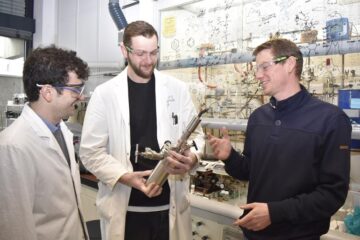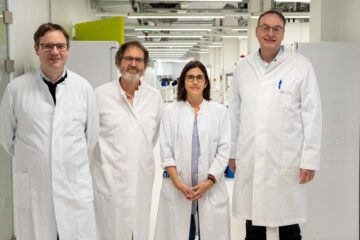First characterization of chikungunya viruses from Indian Ocean outbreak

The outbreak affects the populations of Comoros, Mayotte, Madagascar, Mauritius, Seychelles, and Réunion. It is much larger than any previous outbreak, with up to one third of the populations of those islands (several hundred thousand people) infected. More recently, several states of India have also reported cases of the disease.
The disease is caused by the chikungunya virus, which is spread to humans by mosquito bites. It was first described in Tanzania in 1952 and has since been found in Africa, India, and South East Asia. The name is derived from a local Tanzanian word meaning “that which bends up”, a reference to the stooped posture many patients develop as a result of painful inflammation of the joints commonly associated with the disease. Other symptoms of the disease include fever, headache, and a skin rash. There is no specific treatment available. Most patients get better after a few days, but the pain in the joints can persist for long after the other symptoms have disappeared.
Brisse and colleagues determined the entire genetic sequence of six virus samples isolated from patients in different places (five from Réunion and one from the Seychelles) and different times (three from early 2005 and three from later in 2005) during the outbreak. They also sequenced one of the viral genes (called E1) from virus samples taken from an additional 121 patients. The results show that the outbreak began with a strain related to East-African strains of the virus which subsequently developed into several distinct variants. All of the Indian Ocean sequences share unique molecular features that differ from strains of the virus involved in earlier outbreaks and suggest how the virus could have become more “aggressive”. Experiments are now underway to test which of these features might be responsible for the apparent increase in the virus’ ability to infect humans and cause disease.
As the authors note, the mosquitoes that transmit the Chikungunya virus in Africa and Asia are not limited to these areas–in fact they are the same ones that transmit yellow fever and dengue fever in many parts of the world–which raises the possibility that the chikungunya virus could spread and cause disease elsewhere.
Media Contact
All latest news from the category: Life Sciences and Chemistry
Articles and reports from the Life Sciences and chemistry area deal with applied and basic research into modern biology, chemistry and human medicine.
Valuable information can be found on a range of life sciences fields including bacteriology, biochemistry, bionics, bioinformatics, biophysics, biotechnology, genetics, geobotany, human biology, marine biology, microbiology, molecular biology, cellular biology, zoology, bioinorganic chemistry, microchemistry and environmental chemistry.
Newest articles

Efficient, sustainable and cost-effective hybrid energy storage system for modern power grids
EU project HyFlow: Over three years of research, the consortium of the EU project HyFlow has successfully developed a highly efficient, sustainable, and cost-effective hybrid energy storage system (HESS) that…

Safer alternative for an explosive reaction
The chemical industry has been using a reaction with explosive chemicals for over 100 years – now Mülheim scientists have discovered a safer alternative. The Ritter Group of the Max…

How immune cells communicate to fight viruses
Chemokines are signalling proteins that orchestrate the interaction of immune cells against pathogens and tumours. To understand this complex network, various techniques have been developed to identify chemokine-producing cells. However,…





















